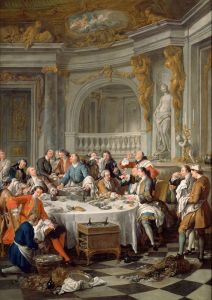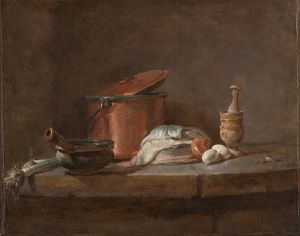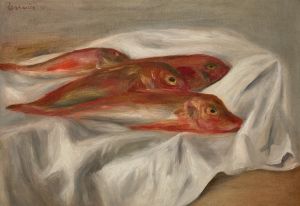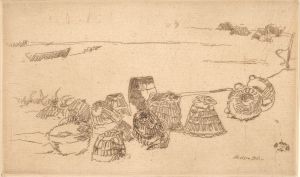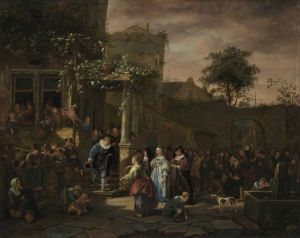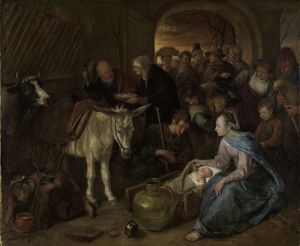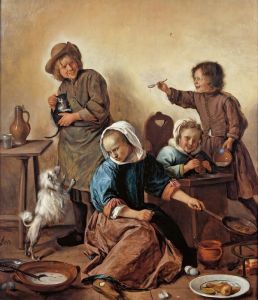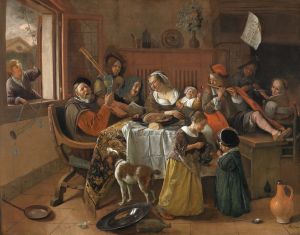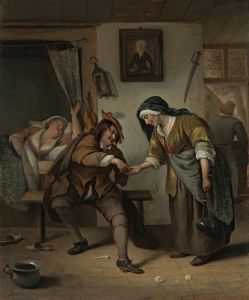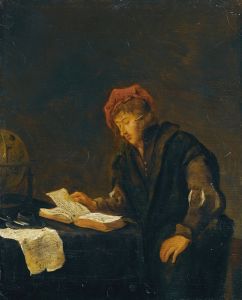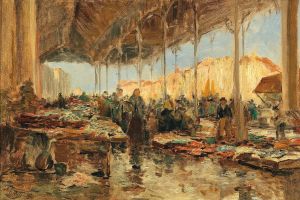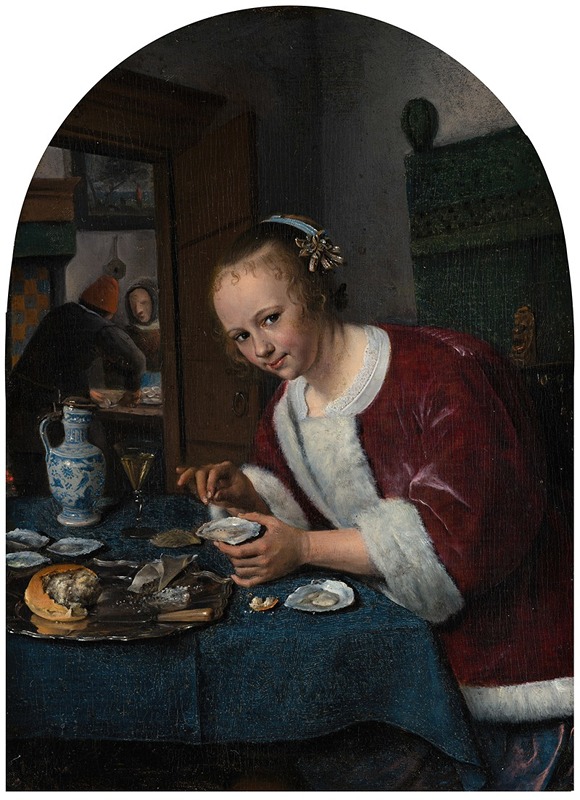
Girl Eating Oysters
A hand-painted replica of Jan Steen’s masterpiece Girl Eating Oysters, meticulously crafted by professional artists to capture the true essence of the original. Each piece is created with museum-quality canvas and rare mineral pigments, carefully painted by experienced artists with delicate brushstrokes and rich, layered colors to perfectly recreate the texture of the original artwork. Unlike machine-printed reproductions, this hand-painted version brings the painting to life, infused with the artist’s emotions and skill in every stroke. Whether for personal collection or home decoration, it instantly elevates the artistic atmosphere of any space.
"Girl Eating Oysters" is a painting by the Dutch Golden Age artist Jan Steen, created around 1658–1660. The artwork is an example of Steen's genre painting, a style that depicts scenes of everyday life with a focus on humor, moral lessons, or social commentary. This painting is notable for its detailed depiction of a young woman engaged in the act of eating oysters, a food often associated with indulgence and sensuality in 17th-century Dutch culture.
The painting portrays a seated young woman holding an oyster in one hand while gazing directly at the viewer. She is dressed in fine clothing, suggesting a sense of affluence or aspiration. The table in front of her is set with a plate of oysters, a glass of wine, and other items, emphasizing the theme of luxury and pleasure. The composition is intimate, drawing attention to the subject's expression and the act of eating, which may carry symbolic undertones.
Jan Steen was known for his ability to infuse his works with humor and subtle moral messages. In the context of 17th-century Dutch art, oysters were often used as a symbol of desire or temptation, and their inclusion in this painting may suggest a playful commentary on human behavior. However, the exact interpretation of the painting remains open to the viewer, as Steen's works often blend humor with ambiguity.
The painting is executed with Steen's characteristic attention to detail and vibrant use of color. His skillful rendering of textures, such as the sheen of the oysters and the fabric of the woman's clothing, demonstrates his mastery as a painter. The work also reflects the broader cultural and economic context of the Dutch Golden Age, a period marked by prosperity, trade, and a flourishing art market.
"Girl Eating Oysters" is housed in the Mauritshuis museum in The Hague, Netherlands. The museum is renowned for its collection of Dutch and Flemish masterpieces, including works by Vermeer, Rembrandt, and Frans Hals. This painting is considered a fine example of Steen's ability to capture the complexities of human behavior and the social dynamics of his time.
No further information about the specific commission or provenance of the painting is available.





